Handling the Complexity of Mechatronic System Design
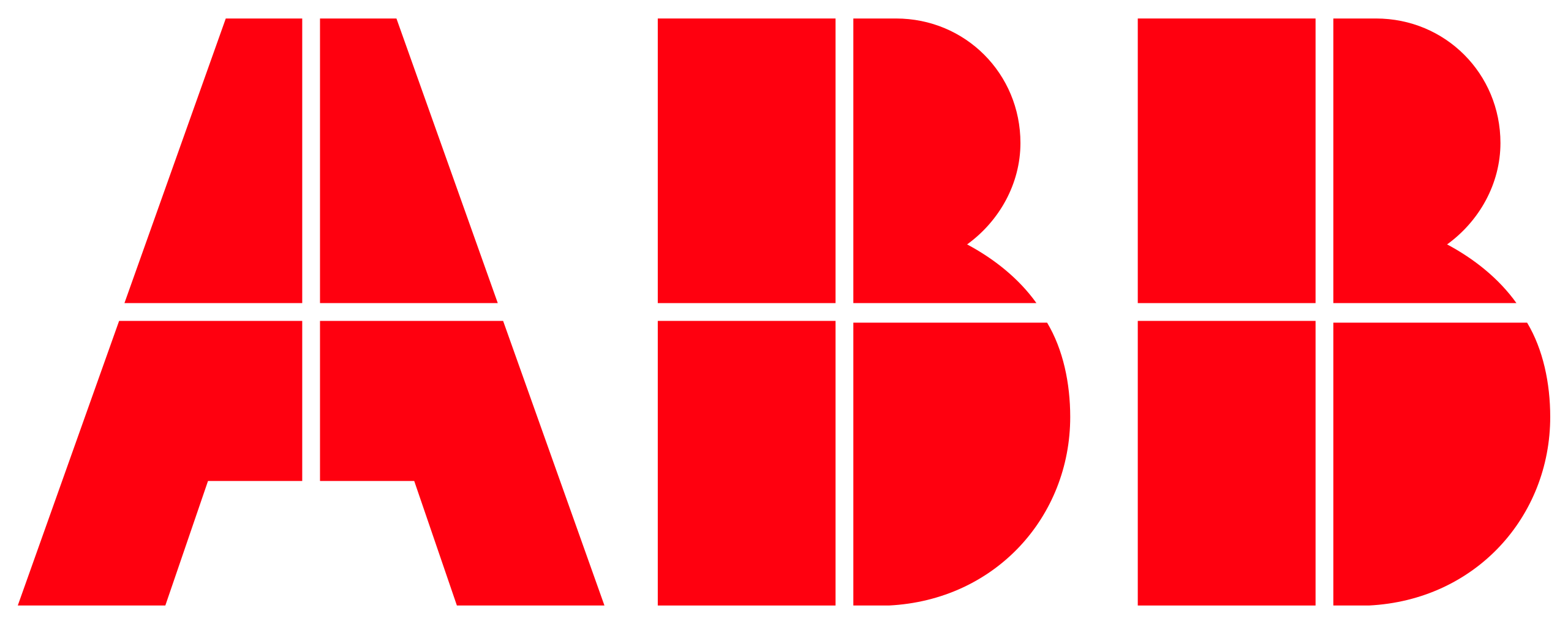
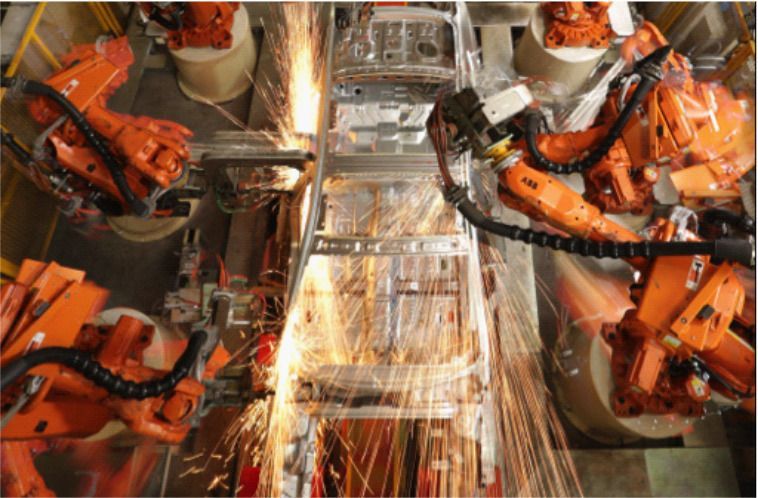
- Company: ABB
- ESTECO Software Solution: modeFRONTIER
-
Benefits:Leverage optimization-based development to handle the complexity that automation and control systems entailMaximize mechatronic product performance, meet reliability demands and ease overall environmental impact
ABB Group, a global leader in power and automation technologies, covers almost every segment of the power generation and industrial process control market with its products and systems. With $1.4 billion in annual investments, the 8,500 engineers and scientists at ABB Research & Development are committed to meeting the automation industry’s ever-increasing demand for reducing energy consumption and improving reliability and performance. The design projects illustrated here highlight how ABB Group leverages optimization-based development to handle the complexity that electronic and software components entail. Looking at system interdependencies from the earliest concept phase is crucial for an effective strategy that aims at maximizing product performance, meeting reliability demands and easing the environmental impact of their products.
Optimization-Based Development of Ultra High Performance Twin Robot Xbar Press Tending Robot System
The industry challenge
Industrial robots are sophisticated systems incorporating hardware and – increasingly – software components. Subsystem design (gearboxes, motors, sensors and brakes) and the interactions between elements such as machine interfaces, safety integrations, field buses, PCBAs, power supplies and drive modules must be carefully planned to assure the best possible performance. Over the years, cost pressures have made robots a commodity in terms of physical specifications. Among the many design challenges, the need for lighter components has resulted in reduced stiffness, making the control problem more complex. Furthermore, many third-party interfaces require integration and products that must comply to software, electrical and mechanical quality standards.
ABB experience
In the case of the Twin Robot Xbar Press Tending Robot System, one of ABB’s flagship robots, engineers considered 18 design variables (representing the gear torque, motor torque and motor speed) and managed objectives and constraints in modeFRONTIER, achieving a 12% energy saving, solely by varying the software components. “We optimized this robot ‘manually’ for 30 years and it is one of the most used. With modeFRONTIER we were able to identify a new design – requiring no implementation costs – bringing 12% of energy savings without compromising performance by changing only the software configuration. Obviously, this is something that can’t be done by hand – you need an optimization software to do it.” says Dr. Wappling, Global R&D Manager at ABB.
With modeFRONTIER we obtained a 12% energy saving, without compromising performance. Obviously, this is something that can’t be done by hand.
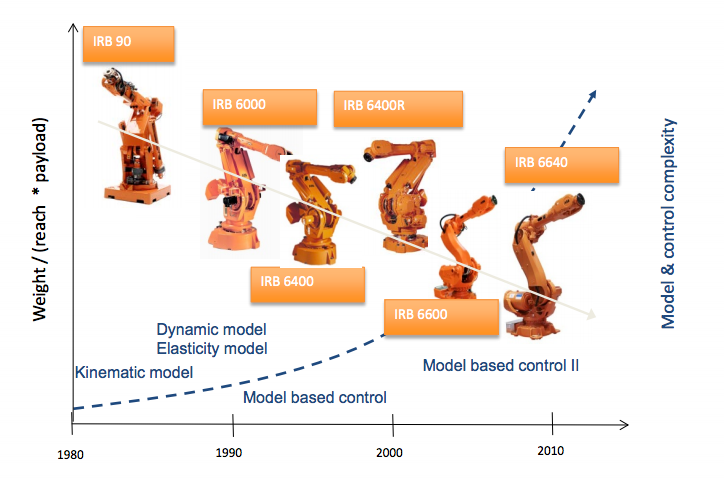
The evolving complexity of mechatronics design
Benefits
“The ability to manage mechatronics is becoming increasingly important as simulation encompasses more and more systems and not just components: the impact of the mechanics, electronics and software all need to be accounted for.” continues Wappling. ESTECO technology keeps pace with evolving R&D needs and provides designers with a flexible environment that handles each delicate step of complex system analysis and enhancement. As seen in the example of the robot, inserting virtual control models in the simulation framework enables designers to apply the optimization approach, calibrate the software and identify zero-cost solutions.
Multiobjective Optimization of a Medium Voltage Recloser
The challenge
Medium voltage reclosers now represent an important grid protection device that connects different grid sources, increase the network/grid reliability and make the implementation of self-healing and auto reconfiguration schemes for overhead lines possible. With a high level of renewable energy penetration, medium voltage networks are becoming bidirectional. Therefore, the associated switching devices must ensure the protection of newer types of power systems as well as new types of loads. The optimal design of medium voltage reclosers is therefore important in order to enable excellent switching capabilities. The switching capabilities of medium voltage recloser can be influenced by various parameters such as actuation energy responsible for opening and closing the device. Therefore, to maximize the lifetime of the recloser, it is essential to establish an optimized control especially related to the actuation energy. The goal of the multi-objective optimization is to identify an optimal actuation energy control strategy for the closing and opening operations.
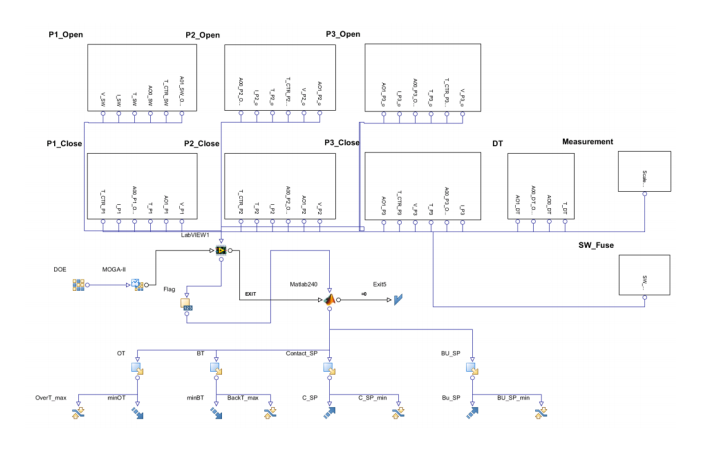
The solution
ABB R&D Teams built a two-step optimization framework that incorporates the energy efficiency constraints by working initially on the electromagnetic actuator and directly optimizing the Finite Elements Model (FEM). The numerical simulation step was then completed with physical calibration via a Hardware-in-the-Loop (HIL) optimization process, ensuring that the whole system reaches the desired performance. During the first iterations, modeFRONTIER helped improve the FEM model by identifying the best configuration possible for the electromagnetic system, while satisfying the constraint imposed by the design boundary conditions. The parameterized FEM model created with COMSOL Multiphysics was connected to Matlab LiveLink so as to pilot all design changes automatically and control both models in sequence, leveraging the direct integration node for Matlab in modeFRONTIER. In the second step, the R&D Teams opted for the in-depth analysis of the system where modeFRONTIER was coupled both with the simulation model and with the hardware to further enhance the switching properties. The HIL framework enabled an investigation environment for the whole recloser system.
The optimal identified control scheme reduced parameters by 50%, enabling a remarkable improvement in terms of lifetime.
Thanks to this approach, optimization can be applied to the control scheme implemented with CompactRIO/LabVIEW: after running one full closing-opening operation, data is transferred to Matlab for post processing and reinserted in the loop for the next runs. Since reducing overtravel and backtravel is extremely important for the product lifetime, with modeFRONTIER piloting the HIL system (1,500 runs with a DOE featuring selected parameters from the first optimization step), R&D Scientists pinpointed a new control scheme that enables significant extension of the product lifetime. “The identified control scheme enables up to 50% reduction of the overtravel and backtravel, enabling a remarkable improvement in terms of lifetime”, says Octavian Craciun Senior Scientist at ABB.
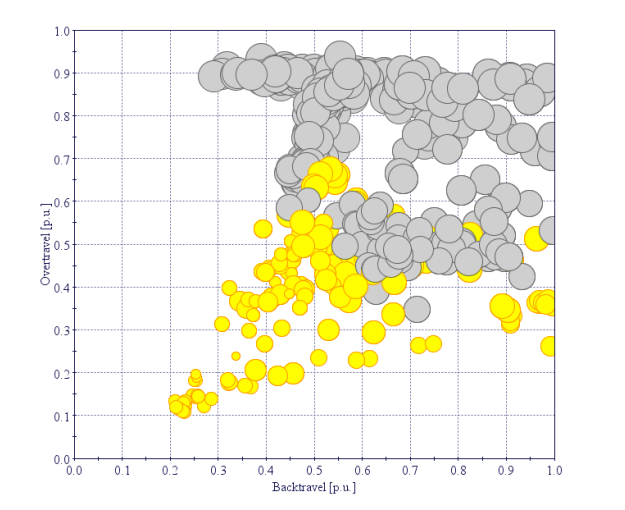
Optimal control scheme for the travel curve maximizing recloser lifetime

ABB is a leader in power and automation technologies that enable utility and industry customers to improve their performance while lowering environmental impact. The ABB Group of companies operates in around 100 countries and employs about 150,000 people. abb.com


